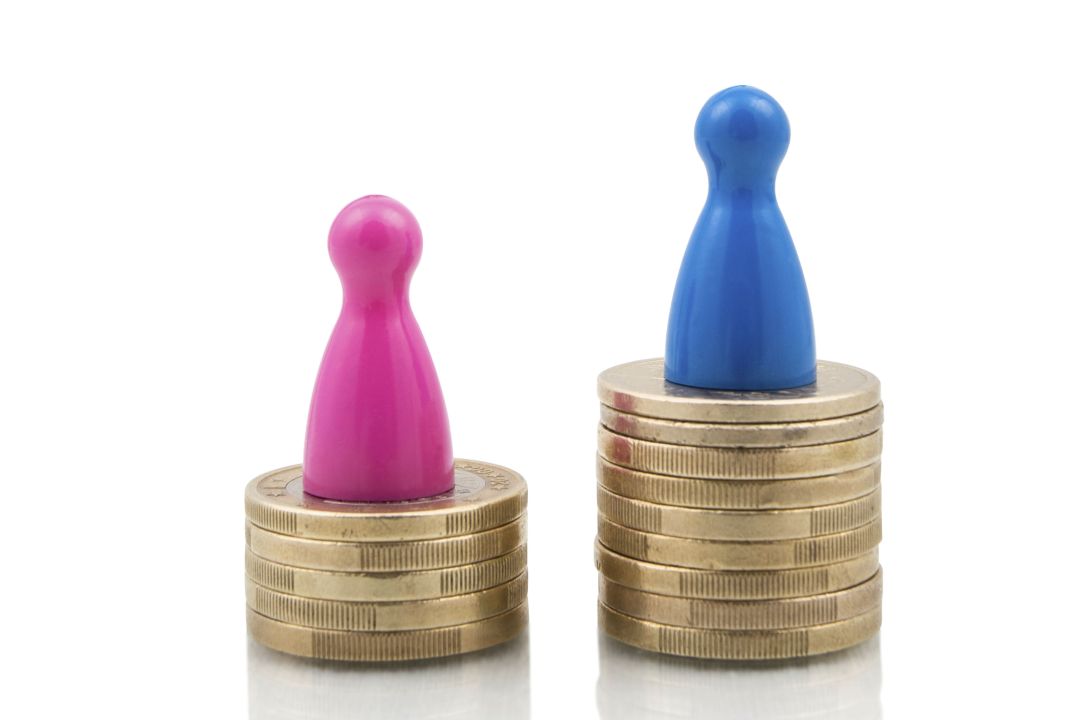International Women’s Day is a time to celebrate the vast achievements of women worldwide, while acknowledging the real struggles and oppression millions of women and girls continue to face, including violence, inequality under the law and limited access to education.
It is not a time to push faulty pay gap statistics.
Yet that is exactly what happened yesterday. Ahead of International Women’s Day, Robert Half – a specialised recruitment agency – calculated that women in the UK will earn roughly £300,000 less than their male counterparts throughout their career, putting their estimated pay gap figure between men and women at 24%.
Robert Half’s estimation is wildly inflated compared to the Office of National Statistic’s calculations, which estimate the pay gap to be 9.4% (the lowest on record since these comparisons began). This huge differential boils down to the latter’s decision to control for as many mitigating factors as possible in an effort to come up with the most accurate figure. As such, the ONS compares the median salaries of men and women on an hourly basis (to control for hours worked), omits bonuses from its calculations (as additional pay often reflects the overtime an employee has put in), and conducts separate calculations for part-time and full-time employees (the former paying women more on average than men).
Meanwhile Robert Half has simply calculated the ‘median gross pay’ for male and female employees and subtracted female earnings from male earnings, not taking into account any unique factors like hours worked, flexibility of role or time taken off. The study also notes that ‘maternity leave has not been taken into consideration due to the fact that there are several variables.’
And this is precisely the problem. Maternity leave is the ultimate consideration when looking at pay gap stats, as it is the most likely factor to contribute to declining wages for women. The Fawcett Society, which has a history of coming up with faulty stats of their own, was on target yesterday with their analysis of these figures. Their chief executive Sam Smethers noted: ‘The impact of having children means that as men’s careers take off, women’s often stagnate or decline’.
‘Their salaries never fully recover. We have to make it easier for men to share care, create flexibility first at work and open up more senior roles as quality part-time jobs.’
It is not some deep-rooted sexist mentality on the part of employers that holds women back for earning more money; rather, it is the demands that are still placed on women to be the primary caretaker of children which detract from their future earnings.
Attacking businesses for the drop we see in women’s salaries when they take time off or choose more flexible working hours is not going to help close the motherhood pay gap. Instead, we need to promote more generous packages for shared parental leave, and allow partners to make a joint-decision about which one of them – regardless of gender – is best positioned to stay home with the newborn while the other heads back to the office. But manipulating pay gap stats and exaggerating claims of workplace sexism makes it harder to identify areas, like maternity and paternity leave, where substantial reform would do a great deal to improve women’s take-home pay.
On International Women’s Day, we should be celebrating that millions of women here in the UK have closed the traditional pay gap that not so long ago reflected women earning less than men because of their gender. Let’s not blindside such incredible achievements by focusing on false stats that try to paint working women as less successful and impressive than they really are.
Kate Andrews is News Editor at the Institute of Economic Affairs.








Comments